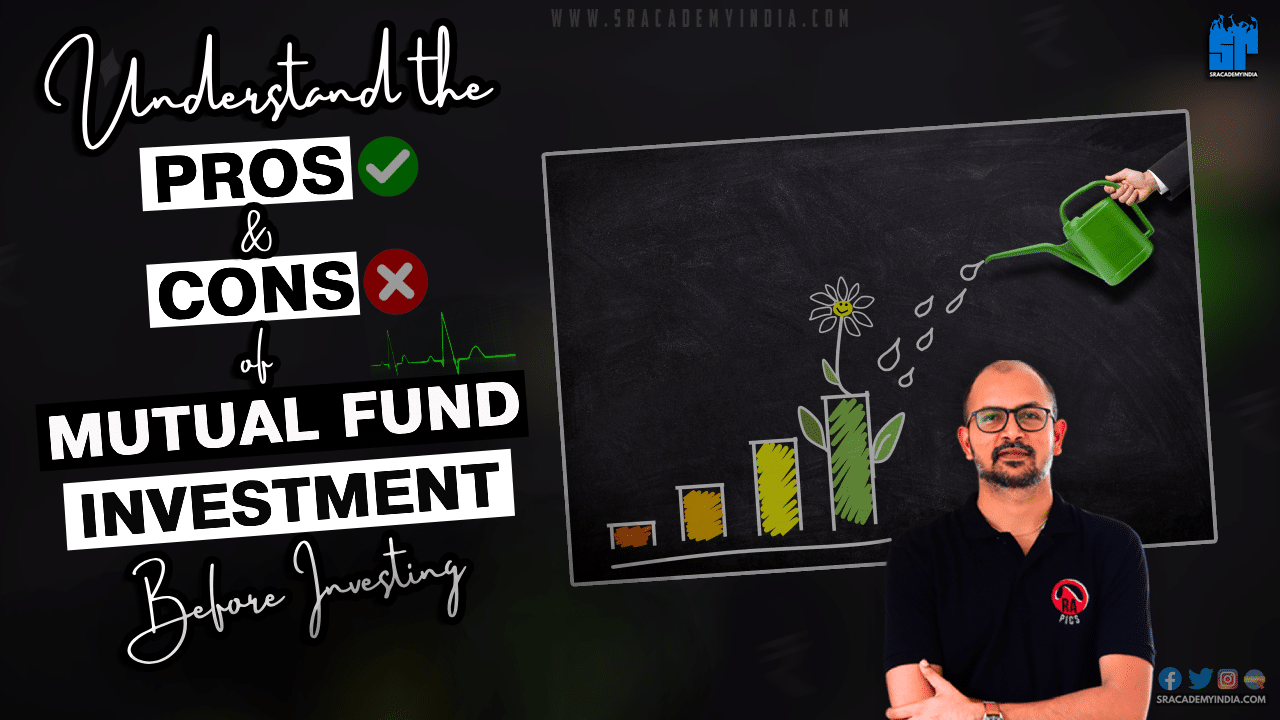Do you have the Lumpsum amount?
Do you want to earn a few commissions on it?
Then, let’s understand Simple Interest completely. In this thread, we are going to discuss Simple Interest Definition, it’s a calculation, the formula for Simple interest with examples.
Let’s get started..!!
Simple Interest definition
If you have a Lump sum amount with you & deposited it with any bank for a specific time period i.e. it may be from 7 days to almost 5 years. Then, you can earn some additional amount on your deposited amount with a Fixed rate of interest every month is called “Simple Interest”.
Let’s see how this Simple Interest will be useful in real life.!
1. You might have a Savings account in any bank and if you make some portion of money into a Fixed Deposit or Recurring deposit, then you can earn an interest portion i.e. Simple Interest.
2. Not only that, whenever you are in a financial crunch and you took any Car loan, Bike Loan, Personal Loan, or any other bank loan, for such loan you have to pay simple interest only.
To calculate such interest also, we use the “Simple Interest” technique only.
With this, we can easily calculate, How much is the EMI portion of the loan we have taken through and also How much the interest portion.!
How to Calculate Simple Interest
Now, Let’s see how to calculate this simple interest.
1. Simple Interest is a very Easy and Quick method.
Whether we have deposited the Lump Sum amount, we will calculate this simple interest on the Principal amount.
If you have taken any Loan, then, we will calculate this simple interest on the Outstanding Loan balance amount only.
If you deposit money in your Bank account, then, Principal amount / Deposit amount is always constant. You will be paid interest on the deposited amount based on the holding period. So, if you hold your investment for more time and you will be paid more money in terms of interest.
Banks will pay Interest on the principal amount itself. Apart from Simple interest, Banks will pay no other additional interest.
In this simple interest method, the amount of interest will always be decided according to the Principal amount, Rate of interest, and Time period.
2. If you keep the amount in the Savings account, then there is a chance that the bank will pay you the normal amount in the form of interest. In a way, if you hold a huge amount in the Savings account for a long period of time, it can also be called a “Dead investment”.
Until stock markets and real estate became popular, many people held their savings in this dead investment only.
In case, if you take Car Loan or Personal Loan, you will have to pay EMI every month.
EMI stands for Equated Monthly Instalments. It includes both the Principal portion as well as Interest portion. It is to be paid every month on the loan amount taken by you. Here, your interest portion will vary every month.
The interest amount is high in the starting months of your loan and the interest amount is almost negligible by the time your loan period is complete.
Here, to calculate simple interest, you have to calculate the interest on the outstanding balance every month.
Simple Interest Formula
We have a Small formula to calculate Simple Interest
Where, P = Principal Amount
It is the amount deposited by you in FD or RD or savings account.
R = Rate of interest
A Fixed percentage of Interest Banks have agreed with you when you invest.
T = Time period
The number of years you hold your principal amount is called tenure.
Simple interest is obtained by multiplying these three. i.e. P x T x R
Let’s see this with a small example
Example 1:
If you invest Rs.1,00,000/- rupees in your Fixed Deposit (FD) for 1 year period at 6% interest rate,
Calculate How much interest will you get?
Solution:
Principal amount = Rs.1,00,000/-
Rate of Interest = 6% p.a.
Time period = 1 year
= 1,00,000 x 6% x 1 / 100
= Rs.6000 p.a.
= Rs.500 p.m.
Example 2:
Similarly, if you have taken a Car loan or a Personal loan, you have to pay interest on a Simple Interest basis only.
If you buy a new car with Rs.10,00,000 and paid a Down payment of Rs.3,00,000/- from your saved money. If you take a car loan for the remaining amount of Rs.7,00,000, then, How much interest do you need to pay ?
Principal amount = Rs.7,00,000/-
Rate of Interest = 8.5% p.a.
Time period = 5 years
SI = Monthly outstanding balance x rate of interest (%) / 12
= (700,000 x 8.5%) / 12
= Rs.4,958/-
If you calculate interest for 60 months on the reduced loan outstanding balance, then you will have to pay Rs.1,61,694 as interest.
Here the principal amount of Rs.7,00,000/- goes to the Car company and the Interest portion of Rs.1,61,694 goes to the Bank’s pocket as an income.
Simple Interest rates
Let’s see the Interest rates in the State Bank of India.
If your SBI Savings Bank account balance is less than 10 crores, SBI will pay 2.7% interest p.a.
The same, if you deposit in Term deposits under Rs.2 crores in SBI, then, it will offer you a rate of interest up to 3-7.5% depending on the period of your deposit.





